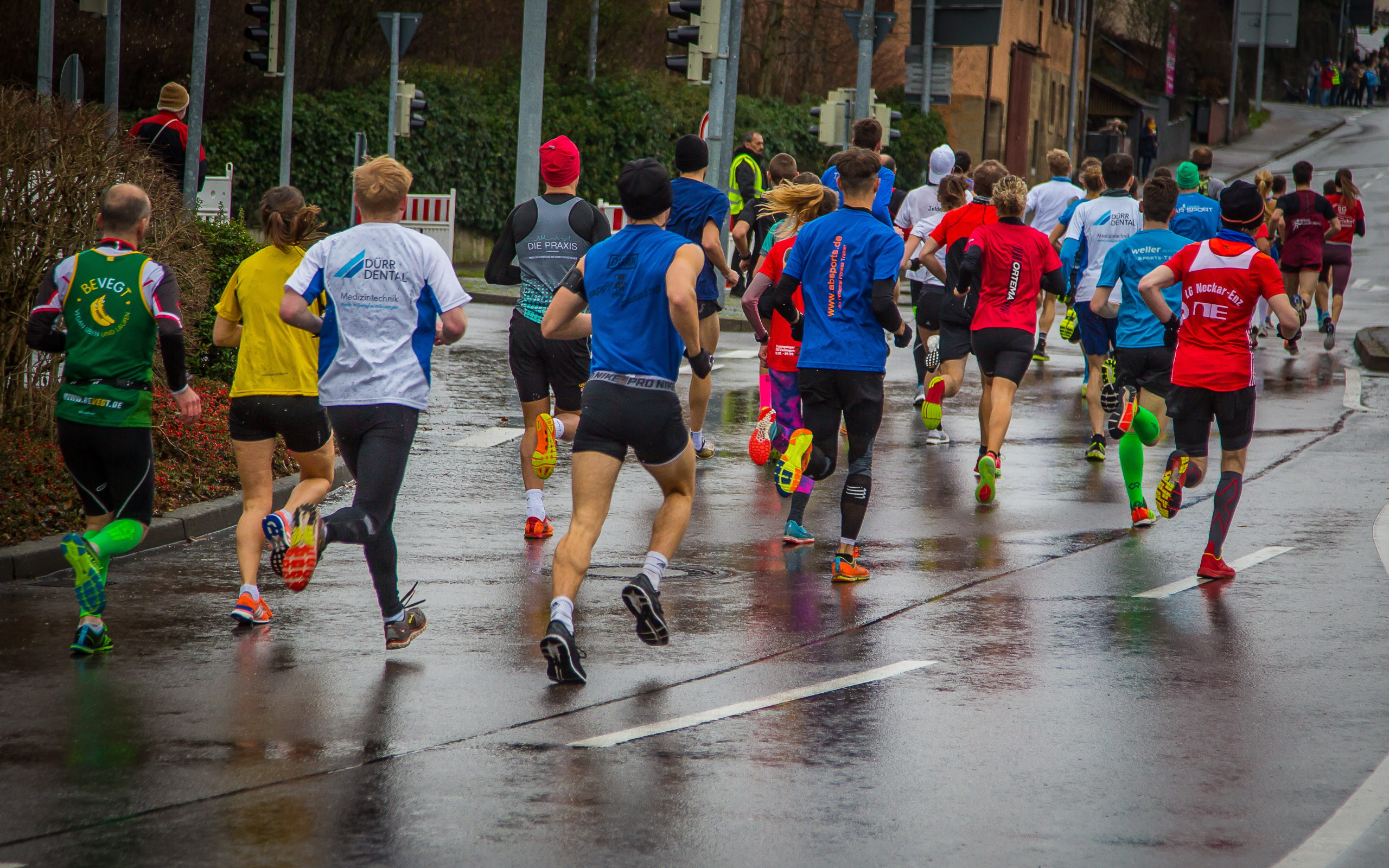Jumping at Shadows
Many of the feats which trail and ultra runners attempt are so extraordinarily difficult that most people, when told about them, will either doubt the runner’s sanity, question their seriousness, or both. Only through sheer, blind belief can we conquer the impossible. It requires a great deal of imagination to generate this belief, to visualize ourselves at mile 30, mile 50, mile 80. Imagination plays a central role in making elusive goals, goals too big to wrap your head around, more tangible. Imagining yourself hiking into the next aid station or reuniting with your family, or simply enjoying a beer in front of the fire in celebration, can be the extra motivation you need to finish the job. And it can also be the opposite: a severely handicapping force, one which causes irrational yet incessant worry and self-doubt, one which causes us to jump at shadows. Naming and identifying when this is happening will make you a better runner and a better person.
Human imagination is a powerful and unique force which has enabled us to build palaces, soar among the clouds, and believe that running 100 miles is possible. Imagination empowers us by giving us the ability to see things differently, to visualize, to project our current circumstances out into the future and ask the question: “what if?” We can tinker with the outcome by changing the inputs. We are naturally wired to be preoccupied with the future so that we can spot warning signs far in advance, and prepare for any eventuality by first thinking of what might go wrong, then taking practical steps to minimize the chances of that happening.
Here’s the problem: in the blink of an eye, imagination can shapeshift from a strategic ally into a tireless, paranoid detractor. When it comes to the future, we are blind, and imagination acts as our only guide. If it becomes overly sensitive to negativity, or overly critical, it can feel both disorienting and terrifying, because we are perpetually trapped in a future world where our greatest fears are made to feel not just possible, but guaranteed. It is as if we are traveling on a dirt road with imagination as our only companion, and it is kicking up dusty clouds into our eyes so that we must rely on its shouts of “SNAKE” and “BUSH FIRE” to signal danger. Yet on our end, all this generates is undirected, unproductive, flying sparks of panic.
Robert Kolker’s book “Hidden Valley Road” describes a family of twelve children, half of whom are schizophrenic. It delves into the trauma scars that mental illness can cause, particularly when it is left ignored and untreated. The author made a point, however, that all such mental illness exists on a spectrum; I was shocked to read that a whopping seven percent of Americans have experienced hallucinations at some point in their lives. Granted, this is an extreme example; schizophrenia and an overly negative imagination are worlds apart. Still, it is evident that what your brain tells you is not always rational, or even real.
I’ve often heard that the brain acts as a “filter.” It receives inputs from the “real” world, interprets these experiences, and uses them to build your reality, which may be different from others’. I like to think of your brain as the film roll and your imagination as the projector. Imagination adds color and sound; it makes things feel large or small. And the closer you are to something, the more vivid it tends to become.
Imagine this. You are a week out from running a race – perhaps one that is especially prestigious and intimidating, like the Hardrock 100. The aspect ratio sharpens, and the picture grows. You’re rolling your ankle at mile 2; you’re dropping at mile 30, obsessing over and amplifying self-critical thoughts about how you’ve blown a once-in-a-lifetime opportunity; you’re canceling the rest of your races for the season, isolating yourself from the community, because of the sense of shame and failure which you bear. While it is important to allow for the possibility that your race won’t go as planned, such visualizations can rapidly turn counterproductive, stoking fear and anxiety rather than building confidence.
The good news is that, the more time you spend watching films on the projector – that is, using your imagination – the more familiar you become with its tendencies. For that reason, awareness is key. If you find yourself becoming ruminative and only focusing on worst-case scenarios, such as dropping from a race, you can recognize that your imagination is warping reality. In such cases, here are three concrete steps you can take to ground yourself:
- Reach out to a friend. Good friends can help provide perspective. Talking with someone who is outside of the situation and not directly invested in the outcome will act as a countervailing force for your more catastrophizing tendencies.
- If you’ve been there before, use it to your advantage. Often, even the most intimidating goals have something that we can relate back to something we’ve already accomplished. For example, if it’s a 100 mile race, you can recall other great races you’ve had before, and how strong and confident you felt in them. Tell yourself that there’s no reason to believe this race won’t go exactly the same way.
- Check the hull for stowaways. What the hell do you mean, Vincent? What I mean is that, oftentimes, event-specific anxiety will be used as a cover for your imagination to smuggle in generalized anxiety. It is natural and healthy to have a certain amount of anxiety when stepping outside your comfort zone. But if you recognize that your worries are rooted in deeper issues of identity and self-worth, then take a step back and interrogate your feelings, and make a plan to deal with them separately.
Sometimes it’s easy to forget that what you imagine isn’t real and can’t hurt you. The thoughts we have will often feel more real than what we are actually experiencing. This is especially true in trail and ultra running, where so much time is spent in one’s own head, and a key part of competition is the mental game – battling your inner demons. The most important thing is that you recognize thoughts for what they are – thoughts, and nothing more. Next time your imagination is running rampant, projecting all kinds of absurd and disastrous scenarios, think of one of those razor-edge waterfalls that are often on display in swanky hotel lobbies. They obfuscate everything behind them, but if you reach out and break the flow, the water splits, and you can see through clearly.
Your imagination is a fantastic tool, when used properly. If you can train yourself to see the shadows it generates, the tricks it plays, then you can train yourself to see through them, and to begin projecting and reinforcing visions of triumph rather than failure.
~Vincent Behe
Add Comment
You must be logged in to post a comment.








